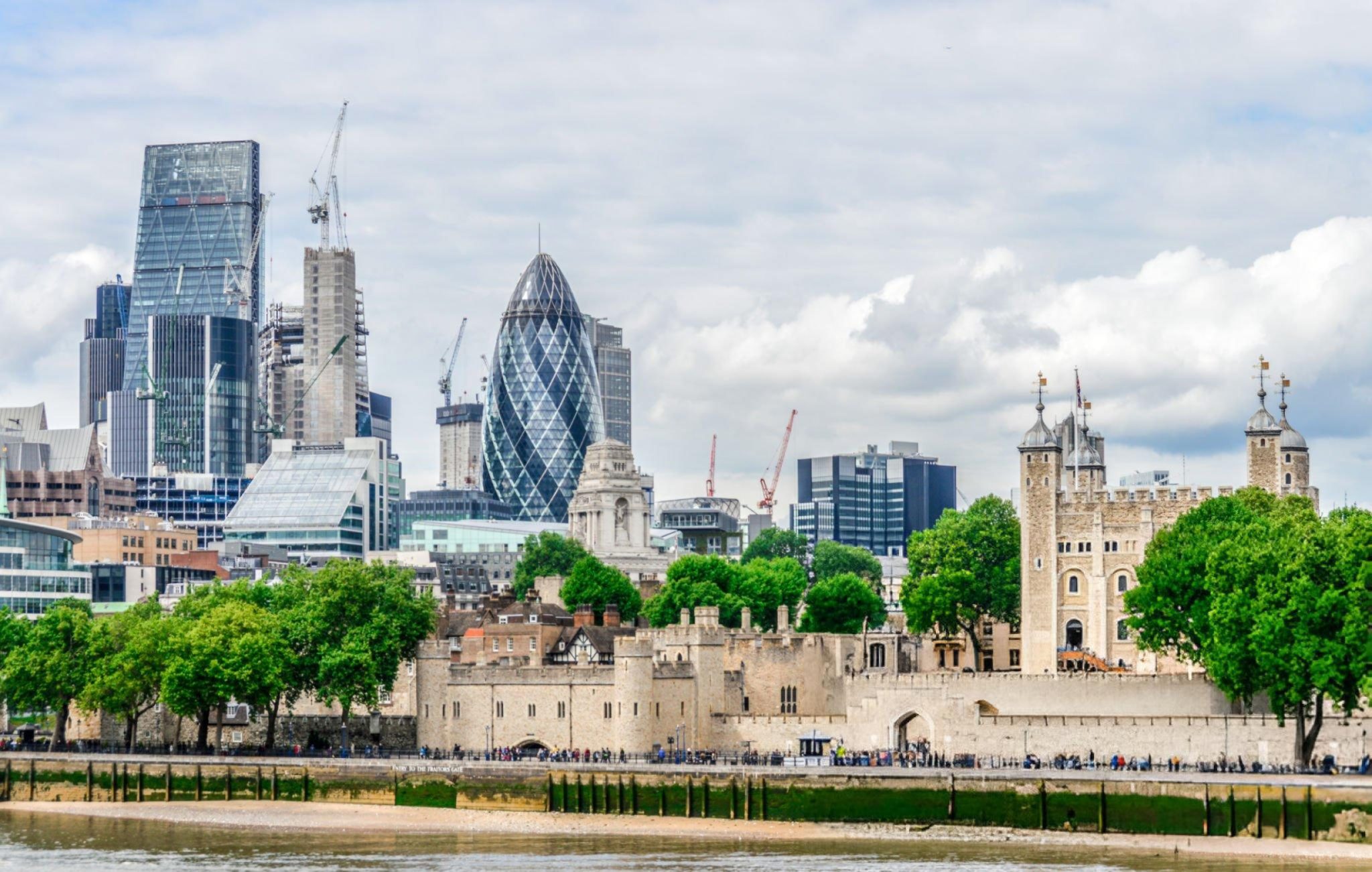A controversial proposal to build a 46-storey skyscraper at 63 St Mary Axe, just beside The Gherkin in the City of London, has sparked a strong objection from Historic England, which warns the development could irreparably damage a suspected 13th-century burial ground and harm views of the Tower of London – a UNESCO World Heritage Site.
The plans, submitted by AXA IM Alts earlier this year, would see the demolition of the existing structure to make way for a striking new tower comprising office space, a public park, an auditorium, and hospitality venues. As part of the project, developers also propose revealing a buried stretch of the ancient Roman wall that currently lies hidden beneath modern paving.
However, heritage campaigners have sounded the alarm. In a formal representation, Historic England, the Government’s statutory adviser on heritage matters, urged the City of London Corporation to reject the application, citing the site’s historical sensitivity and the impact the towering structure would have on the iconic silhouette of the Tower of London.
“The further encroachment of this development into the sky space around the Tower would present a greater distraction in views of its silhouette,” the body wrote. “The White Tower’s silhouette is recorded in the 2016 World Heritage Site Management Plan as a key component of the site’s Outstanding Universal Value – representing Norman power and dominance.”
The visual impact is not the only concern. Beneath the paving at 63 St Mary Axe lies what is believed to be the last physical trace of two medieval churches, St Augustine Papey and St Martin Outwich, along with a burial ground thought to date back to the early 13th century. Despite the site’s significance, no archaeological evaluation has been carried out to assess the extent or preservation of the remains.
Historic England warned: “There is also the potential for other remains to be present here which pre-date the burial ground, possibly from the Roman period, which cannot be identified or assessed without proper evaluation. We must assume, based on available desk-based evidence, that the burial ground remains largely intact and retains evidential value.”
Tower Hamlets Council has also voiced concern about the proposal’s impact on the Tower of London, prompting the developers to reduce the building’s height by two storeys and revise aspects of its design. Nevertheless, Historic England remains unconvinced and is pushing for the plans to be rejected in their current form.
A spokesperson for the 63 St Mary Axe project defended the proposal, stating that the development would offer “extensive public benefits” and reflect a sensitive approach to heritage. “The potential graveyard has been paved over for decades, and under our proposals will be celebrated as part of a new public park with significant greening. The urban park also includes a currently buried section of London’s Roman wall, which we will unveil for the first time in centuries.”
The developers argue the scheme is in line with the City of London’s emerging City Plan, which forecasts a need for at least 1.2 million square metres of additional office space in the Square Mile by 2040. Over 350 community groups and stakeholders were consulted over an 18-month period, according to the project team.
If approved, the development would mark AXA IM Alts’ third major skyscraper in central London, following the completion of 22 Bishopsgate and the ongoing project at 50 Fenchurch Street.
For now, the fate of the proposed tower hangs in the balance, as planners weigh the promise of modern development against the risk of erasing yet another piece of London’s layered, ancient history.






